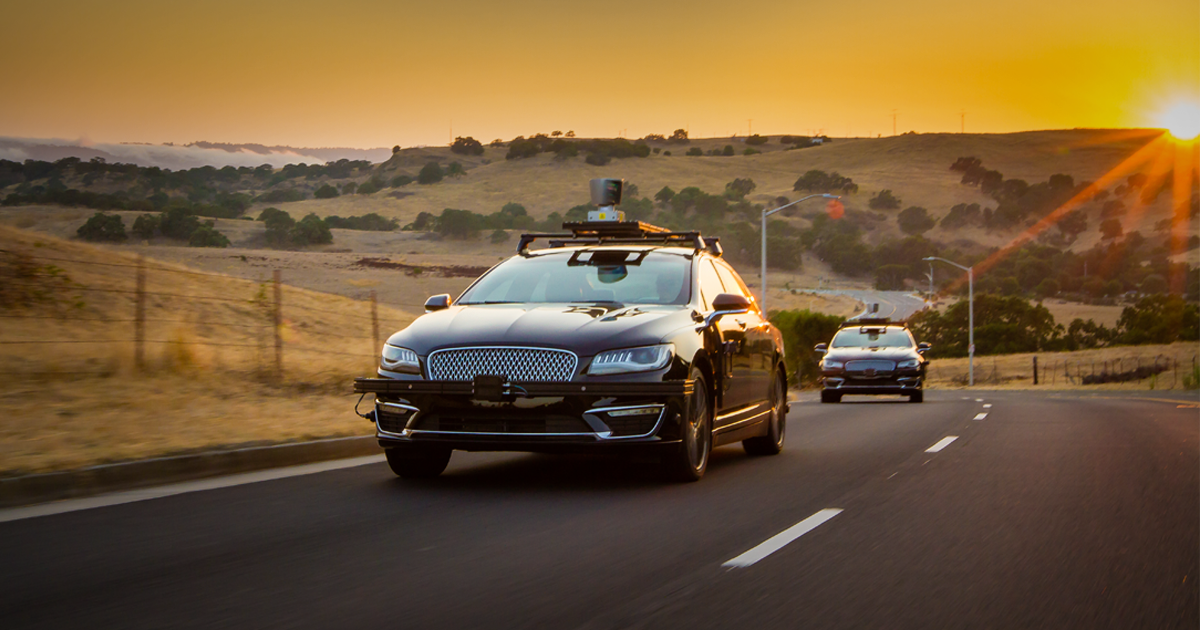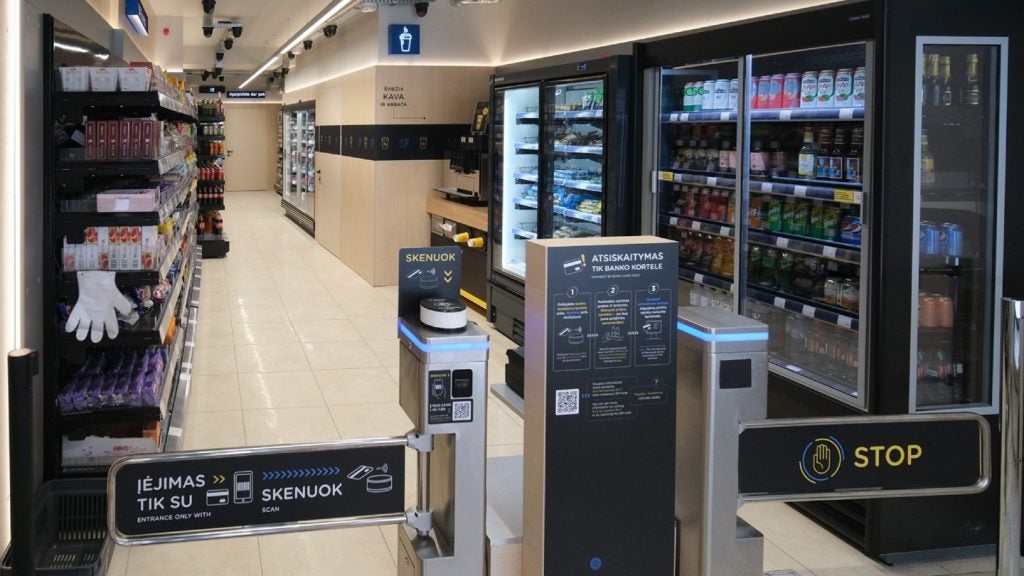
GPU maker NVIDIA has created software for autonomous vehicles that adds an extra safety net to prevent collisions.
The open platform software, known as Safety Force Field (SFF), priorities avoiding crashes with obstacles over a more complex, rules of the road approach.
Instead of an autonomous vehicle basing a response on statistical models, SFF performs “frame by frame, physics-based” computations from data gathered by the vehicle’s sensors.
This data feeds into the algorithmic safety net, allowing it to make predictions about the surrounding environment and determine the best actions to keep the vehicle and road users safe.
It also factors in steering and breaking constraints simultaneously rather than separately.
NVIDIA CEO Jensen Huang made the announcement on stage at NVIDIA’s GPU Technology Conference in San Jose, describing SFF as a “safety cocoon” for autonomous vehicles.
How well do you really know your competitors?
Access the most comprehensive Company Profiles on the market, powered by GlobalData. Save hours of research. Gain competitive edge.

Thank you!
Your download email will arrive shortly
Not ready to buy yet? Download a free sample
We are confident about the unique quality of our Company Profiles. However, we want you to make the most beneficial decision for your business, so we offer a free sample that you can download by submitting the below form
By GlobalDataIn a demo, he showed conference attendees a virtualisation of emergency breaking, intelligent steering, intersection handling and congested traffic manoeuvres.
Like magnets repelling each other
NVIDIA says that Safety Force Field has been validated in simulation in both highway and urban scenarios and is “mathematically verifiable”.
SFF will be seen as a move to boost public confidence in the safety of autonomous vehicles.
Recent studies show that public trust in autonomous vehicles is struggling to keep pace with technological advancements – 57% of Brits and 71% of Americans said they would not feel safe in a self-driving car.
High-profile crashes, such as the Uber self-driving car crash that resulted in a pedestrian fatality in Arizona last year, are likely to have contributed to the public’s apprehension.
“By removing human error from the driving equation, we can prevent the vast majority of collisions and minimise the impact of those that do occur,” said David Nister, vice president of Autonomous Driving Software at NVIDIA.
“SFF is mathematically designed such that autonomous vehicles equipped with SFF will, like magnets that repel each other, keep themselves out of harm’s way and not contribute to unsafe situations.”
While NVIDIA started out in 1993 focusing on graphics cards for gaming, the ability of GPUs to carry out high levels of compute has seen the San Clara-based technology company branch out into robotics, data science and automotive.
NVIDIA is now a leading provider of software, hardware and simulation testing for autonomous vehicle manufacturers and suppliers such as Volvo, Audi and Continental.
NVIDIA Drive Constellations
Elsewhere NVIDIA made its autonomous vehicle simulation platform, Constellation, widely available. First announced at GTC San Jose last year, Constellation allows automakers to put their autonomous vehicles through millions of miles of testing in a fraction of the time it would take to carry out in the real world.
Known as hardware-in-the-loop testing, the open source, cloud-based platform can submit autonomous vehicles to high-stress conditions for long durations, such as 24 hours of heavy snow or bright glare.
“In the future, instead of having thousands of AV test cars, we’re going to have thousands of these constellation systems,” said Huang.
“They’re going to be so much more programmable, we can create conditions that we otherwise can’t and we have our own system all racked up.”
As autonomous vehicle technology continues to mature and near wider use, creating standards will become increasingly important. Many third-party safety agencies are already developing validation standards, one of them being TÜV SÜD.
“TÜV SÜD is looking for simulation tools that are trustworthy, robust and scalable for the approval of autonomous vehicles,” said Houssem Abdellatif, global head of Autonomous Driving and ADAS at TÜV SÜD.
“NVIDIA DRIVE Constellation provides a powerful and highly scalable solution to achieve this goal.”
Toyota partnership
NVIDIA will also build on its three-year partnership with Toyota. The Toyota Research Institute – Advanced Development, or TRI-AD, will work with the GPU maker to develop, train and validate autonomous vehicles.
Part of this will involve advancing NVIDIA’s Constellation platform.
“Self-driving vehicles for everyday use and commercial applications in countless industries will soon be commonplace. Everything that moves will be autonomous,” said Huang.
“Producing all these vehicles at scale will require a connected collaboration for all elements of the system. Our relationship with TRI-AD and TRI is a model for that collaboration.”
Read more: NVIDIA CEO Jensen Huang: We’re in the ‘era of the automation of automation’




